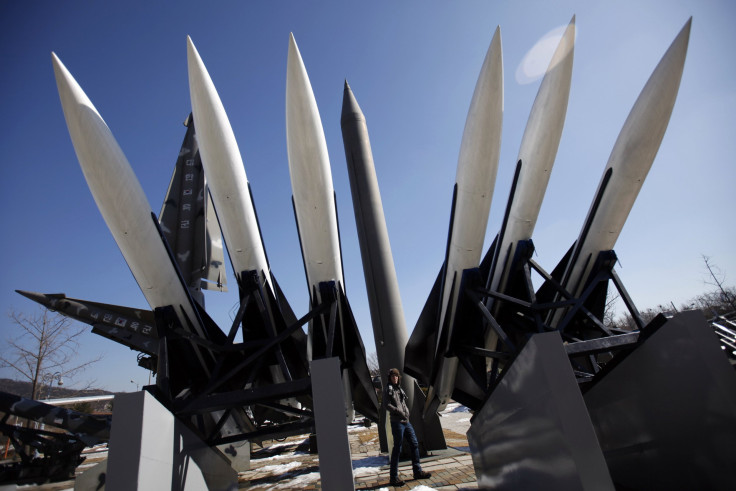Nuclear South Korea? Eyeing Potential War With North, Lawmakers In Seoul Consider Bringing Nukes Back

As North Korea continues a push to bolster its nuclear arsenal, tensions on the peninsula are forcing some in South Korea to question if it may be a good idea to bring nukes back to their turf to deter their aggravating neighbors to the north. Stationing nuclear warheads in South Korea, proponents argue, would have the added effect of increasing pressure on nearby states like China and Russia to deal with North Korea seriously.
Support for bringing nuclear fire power back as a "balance of terror" has traditionally come from more conservative lawmakers in South Korea but the idea has been gaining steam with more moderate politicians there lately as well, the Wall Street Journal reported Thursday.
“The South Koreans are so nervous because they don’t know what they’re looking at,” Robert Kelly, a professor of political science at Pusan National University in South Korea, told the Journal.
There would be some obstacles if the nuclear idea took root: South Korea would be breaking international nonproliferation agreements that commit the country to maintain a “nuclear-free Korean peninsula” in exchange for protection from the United States.
North Korean leader Kim Jong Un’s military has been aggressively upgrading since 2014, increasing tensions with South Korea and the U.S. It has made repairs and upgrades to ships in the country’s navy and upgraded its ballistic missile capabilities. As the United States presidential election in November has drawn closer, the North Koreans have also been testing long range missiles relatively frequently in what some have called an attempt to provoke South Korea and the U.S.
U.S. and South Korean military officials have reportedly been participating in drills this month where soldiers practice removing Kim and his leadership from office should North Korea cross the line from demonstrations into actual attack. The American aircraft carrier, the USS Ronald Reagan — which has nuclear power and has three separate air-to surface missile systems aboard — ran drills in the Sea of Japan with South Korean forces for six days this month.
© Copyright IBTimes 2024. All rights reserved.






















